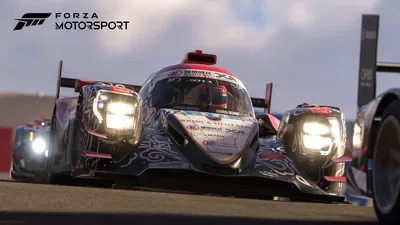This Is The New Carbon Fibre Heart For McLaren's Next-Gen Cars

Whether it’s a 540C or a Senna GTR made for the last nine years is much the same. First came Monocell in the 12C, which evolved into Monocage for the P1, and then Monocage II for the 720S and later Ultimate Series Machines.
What you’re looking at here though, is neither Monocell, Monocage nor any derivation of those two siblings - it’s an all-new vehicle architecture that’ll form the basis of McLaren’s next-generation cars. It doesn’t have a name yet (it’ll no doubt be christened with something suitably McLaren-y soon), but we do know it’ll be used first for a hybrid, 570S-replacing ‘Super Series’ supercar set to launch in 2021.
In fact, every car using the new tub will be hybrid to some extent, as McLaren seeks to electrify its entire range to avoid falling foul of the Euro 7 emissions regulations that are on the horizon. The structure it’ll use for this “utilises innovative, world-first processes and techniques to strip out excess mass, reduce overall vehicle weight, while also further improving safety attributes,” McLaren says.
The carbon core will be made in the £50 million McLaren Composites Technology Centre near Sheffield, which took over production of the Monocell from Austrian sub-contractor Carbo Tech in 2019. The plant was completed in 2018 at a cost of £50 million.

As reported by our colleagues at evo, the carbon heart won’t be the only thing setting the new 570S apart from every previous McLaren Automotive product - it’ll also have an all-new engine. The car will ditch the familiar twin-turbo V8 for a twin-turbo V6, which will - like the McLaren V8s - be built by Ricardo.
The hybrid system will plug the power deficit, while also giving an electric-only range of around 18 miles. Thanks to the ditching of two cylinders and McLaren’s general - and commendable - obsession with keeping things light, it hopefully shouldn’t be much heavier than the car it replaces.














Comments
I donno what it is about Carbon Fibre but its just so awesome to see what can be done with it